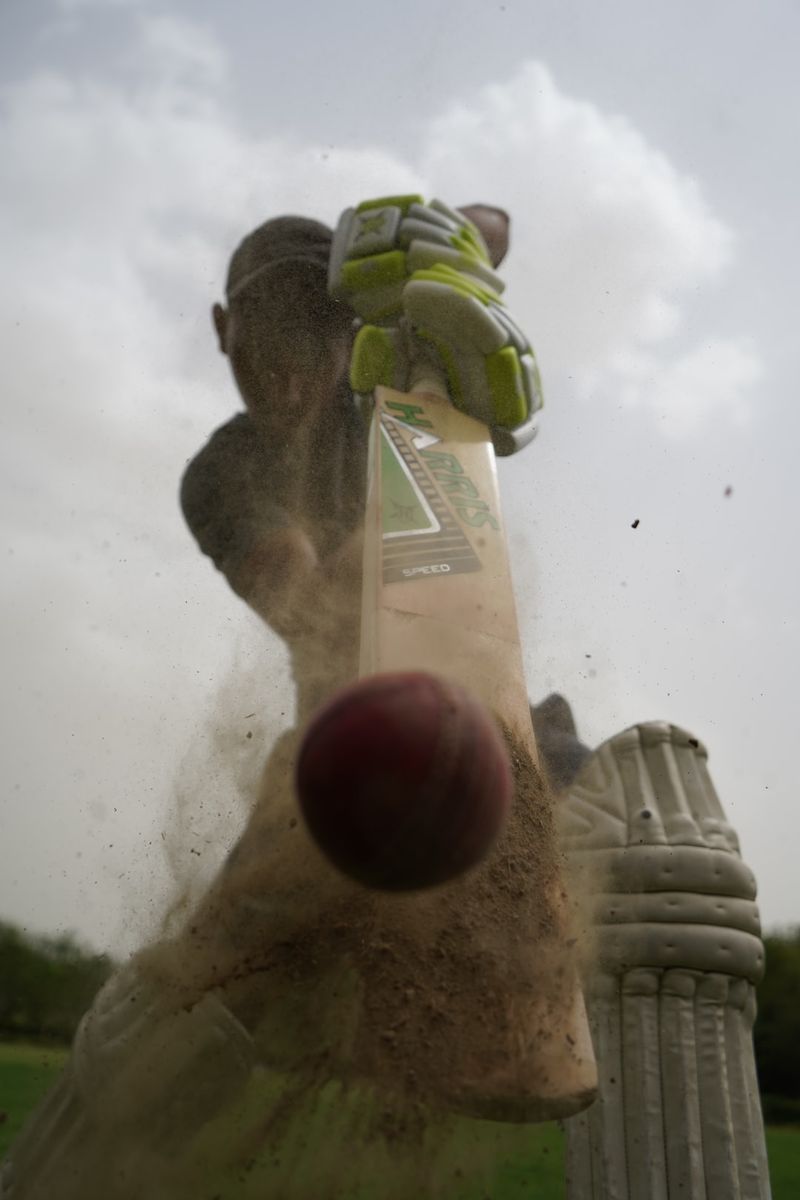Duckett keeps England alive as Aussies make early inroads
The Third Umpire Decision and the Controversy Unleashed
The second Ashes Test at Lord’s witnessed a contentious moment when Mitchell Starc‘s catch was denied by the third umpire. On the fourth day of the match, Starc believed he had secured the dismissal of England opener Ben Duckett on 50, but the catch was overturned. The decision sparked a fierce debate among cricket pundits and fans alike.
The Marylebone Cricket Club (MCC), the game’s official lawmakers, came forward to explain the call. According to Law 33.3, a catch is only deemed completed when the fielder “obtains complete control over both the ball and his/her own movement.” The MCC‘s tweet clarified that in this particular incident, Starc was still sliding when the ball brushed the ground, thus not in control of his movement.
Editorial: Assessing the Third Umpire Decision
Opinions on the third umpire’s decision to deny Starc‘s catch have been sharply divided. Former Australian fast bowler Glenn McGrath labeled the ruling a “disgrace” and “rubbish,” asserting that Starc had complete control of the ball. Ricky Ponting, former Australian captain, also pointed out inconsistencies in previous decisions, comparing them to the Starc catch.
While emotions on the field ran high following the decision, Australia’s injured spinner Nathan Lyon expressed understanding for the ruling, stating that completing the catch is a fundamental rule in cricket. The debate surrounding the third umpire’s role and the interpretation of the laws of the game is likely to continue long after the match is over.
Philosophical Discussion: The Nature of Catch and Control
The controversy surrounding the third umpire decision raises deeper questions about the interpretation of rules in cricket, particularly regarding catches and control. The MCC‘s clarification on Law 33.3 seems to emphasize the need for complete control over both the ball and the fielder’s movement before a catch can be deemed valid. But what constitutes “complete control”?
The examples cited by Glenn McGrath and Ricky Ponting highlight the subjectivity in assessing control during catch incidents. Cricket’s laws have traditionally allowed for some degree of leniency, as players have often thrown the ball up to celebrate the completion of a catch before gaining full control over their movement.
The introduction of technology and the involvement of the third umpire have complicated matters further. While technology allows for greater accuracy, it also introduces the potential for increased scrutiny and inconsistencies in decisions. The role of human perception and interpretation cannot be ignored in these situations.
Advice: Striving for Consistency and Correct Interpretation
In order to maintain the integrity of the game and alleviate controversies around catch decisions, it is crucial for the cricketing authorities, including the MCC and the International Cricket Council (ICC), to strive for consistency in interpretation and application of the laws. Clarity and transparency in communicating decisions would go a long way in regaining the trust of players and fans.
At the same time, it is important to strike a balance between adhering strictly to the laws and allowing for the intrinsic human element of the game. The interpretation of “complete control” should account for the fluidity of on-field situations and acknowledge the nuances involved in the act of catching a cricket ball.
Ultimately, cricket is a sport steeped in tradition and history. While the introduction of technology has undoubtedly benefitted the game, it is essential to ensure that it enhances, rather than detracts from, the essence and spirit of the game.
As the Ashes series continues, it is hoped that discussions surrounding catch decisions will lead to constructive reevaluations and improvements in the interpretation of the laws. The focus should always be on promoting fair play and maintaining the integrity of cricket as a sport that captivates millions around the world.
Keywords: cricket, controversy, MCC, defense, Starc, no-catch decision

<< photo by Yogendra Singh >>
The image is for illustrative purposes only and does not depict the actual situation.
You might want to read !
- Tragedy Strikes Spa: Dilano van ‘t Hoff, 18-Year-Old Racer, Suffers Fatal Crash at Formula Regional Championship
- Sibling Rivalry on Two Wheels: Adam Yates Claims Victory over Twin Simon in Tour de France 2023
- “True Blue Icon: John Farnham Receives Overflowing Birthday Appreciation”
- Musk’s Twitter Reign: Limiting Users’ Daily View
- “Who Will Clinch WWE’s Money in the Bank 2023 Tonight? A Guide to Date, Start Time, and How to Watch”
- Exploring Bilbao’s Thrilling Live Experience: Tour de France Cycling Coverage on Eurosport
- Can Aspartame Really Increase the Risk of Cancer?
- Fair Play and Triumph: An Examination of Andrew Strauss’s Philosophy on Winning
- Climate Activists Disrupt Lord’s Test in Historic Protest: A Call for Urgent Action
- Blues Power Through Tough Round 18 Battle Against Cowboys
- “Wild West Showdown: Cowboys Crush Rivals in Unprecedented 74-0 Victory”
- Rudy Giuliani Set to Make a Deal and Turn on Trump?
- “Netflix’s Bold Gamble: Unveiling the Release Date and Star Casting for One Piece Live Action”
- “Ashes Awakening: The Intensifying Challenge for Australian Cricket”
- “Root’s Remarkable Ashes Century Paves the Way for England’s Declaration”




